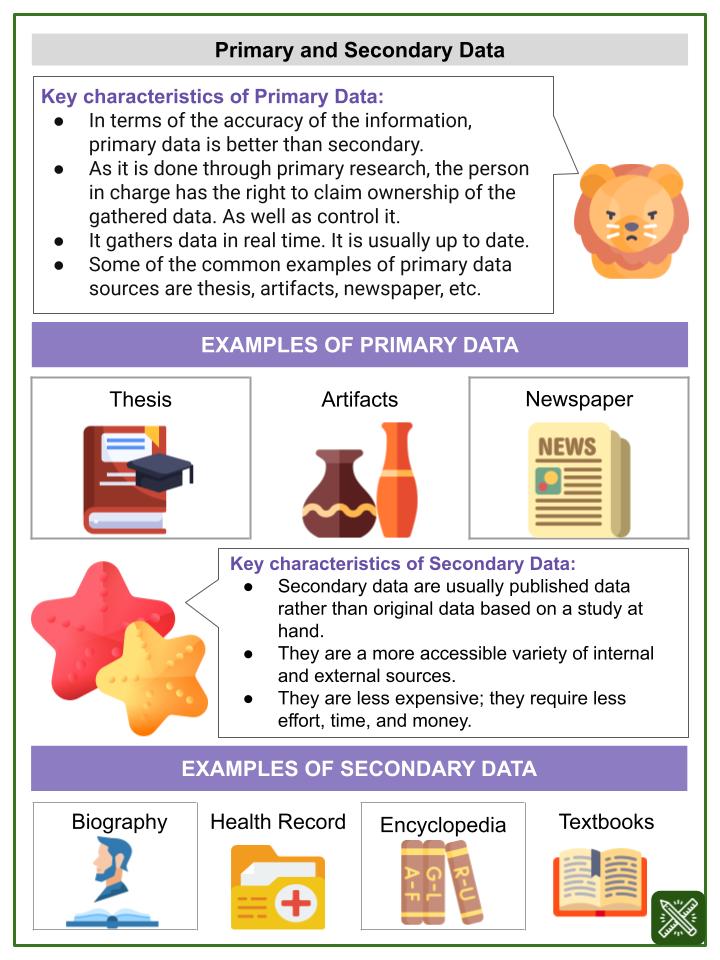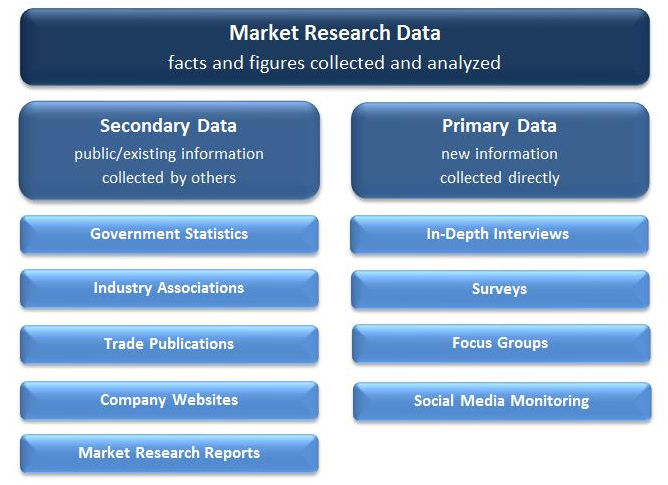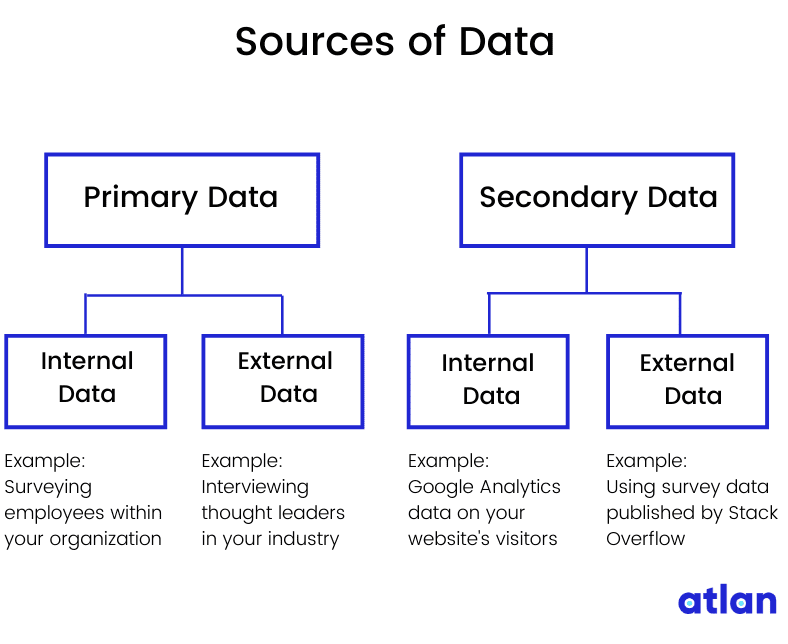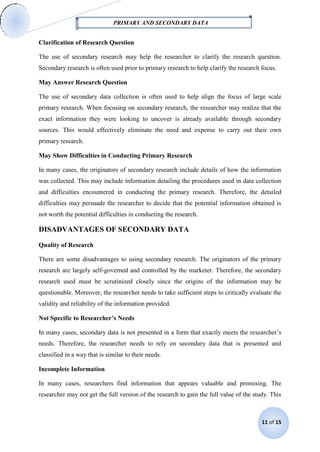Primary data refers to data that is collected directly from its source, while secondary data refers to data that has been collected and compiled by someone else. There are several key differences between these two types of data, as well as some important considerations to keep in mind when using them.
One of the main differences between primary and secondary data is the level of control that the researcher has over the data collection process. With primary data, the researcher is directly involved in collecting the data, which means that they have complete control over the sampling method, data collection instruments, and any other factors that may affect the results. This allows the researcher to tailor the data collection process to their specific research question and helps to ensure that the data is as accurate and reliable as possible.
In contrast, secondary data is data that has already been collected by someone else for a different purpose. This means that the researcher has no control over the data collection process and must rely on the accuracy and reliability of the original data. While secondary data can be a useful resource, it is important to carefully evaluate the sources of the data to ensure that they are reliable and relevant to the research question.
There are several examples of primary data, including surveys, experiments, and observations. Surveys are a common method of collecting primary data, and they can be conducted through a variety of methods, including online surveys, phone interviews, and in-person interviews. Experiments are another common method of collecting primary data, and they involve manipulating one or more variables in order to observe the effect on a dependent variable. Observations are another form of primary data, and they involve collecting data by simply observing and recording what is happening in a particular setting.
Examples of secondary data include census data, government statistics, and published research studies. Census data is a type of secondary data that is collected by governments and is used to provide information about the population, including demographics, economic status, and other factors. Government statistics are another example of secondary data, and they are often used to track trends and patterns in areas such as crime rates, economic indicators, and health outcomes. Published research studies are also a form of secondary data, and they can provide valuable insights into a particular research question or topic.
In conclusion, primary and secondary data are two types of data that are used in research studies. Primary data is collected directly by the researcher and allows for complete control over the data collection process, while secondary data is data that has been collected by someone else and is often used as a resource for additional research. Both types of data have their own strengths and limitations, and it is important for researchers to carefully consider the appropriate use of each type in their research studies.









